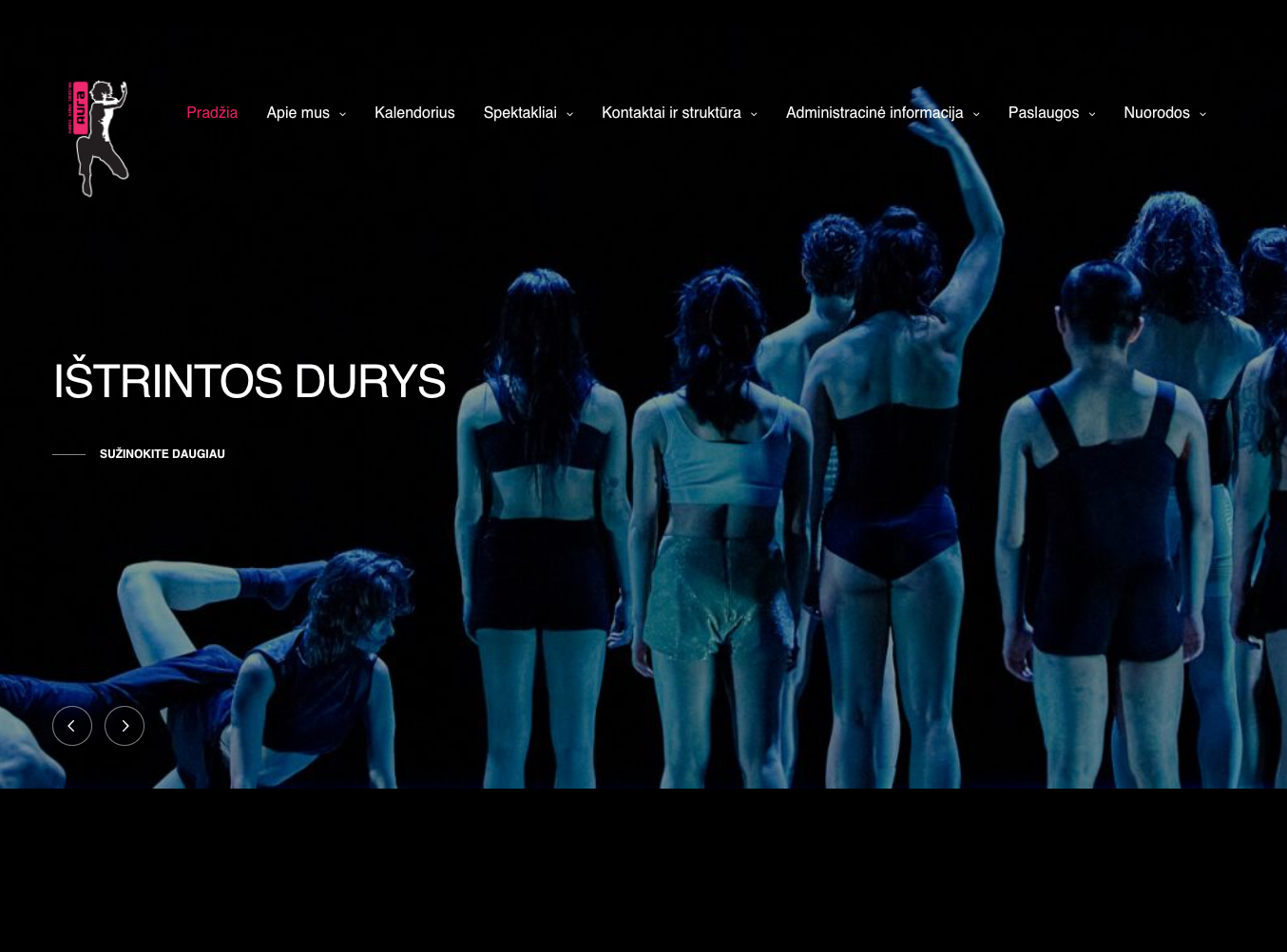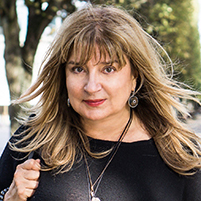
AURA Dance Theatre
https://aura.lt/
Through the Throes of War and Its Soviet Past –
The fascinating journey of contemporary dance in Lithuania

©Remis Ščerbauskas
Lithuania (population: 2.7 million people) is the southernmost of the three Baltic countries (Latvia, Estonia and Lithuania) that were part of the former Soviet Union. The country’s independence was restored after the collapse of the Soviet Union in 1990. Serving as artistic director of the AURA Dance Theatre in the country’s second largest city of Kaunas, and founder of the AURA International Dance Festival that has continued since 1989, is Birutė Letukaitė.

AURA Dance Theatre
https://aura.lt/
*1 European Capitals of Culture
Originating from a proposal of the Greek Minister of Culture, Melina Mercouri, the European City of Culture program started in 1985 with Athens as the first City of Culture, after which European Union (EU) cities were designated in the EU countries for a period of one calendar year during which they organize a concentrated series of cultural events. In 1999, the program’s name was changed to European Capitals of Culture. The program drew attention for its potential for promoting tourism and urban development in the selected cities and the number of cities chosen each year was increased, with each organizing a year-long schedule of diverse arts and culture events. The designated Capitals of Culture for 2022 are Kaunas, Lithuania, Esch-sur-Alzerre, Luxembourg and Novi Sad, Serbia.
*2 Kaunas 2022
Starting on January 22, 2022, this program continues for roughly one year with approx. 40 festivals, including the “ConTempo” international performing arts festival, more than 60 exhibitions, including the Yoko Ono retrospective “Exit it,” over 250 stage events, over 250 stage concerts, all held in the city of Kaunas and the surrounding Kaunas area.
https://kaunas2022.eu/
Related Tags